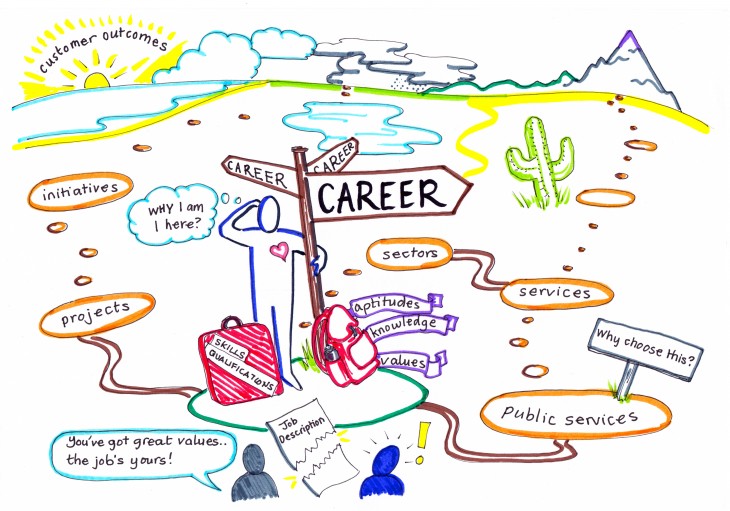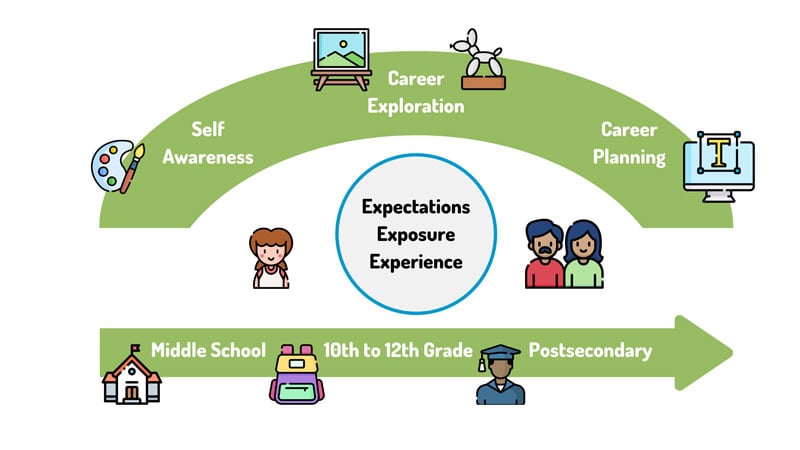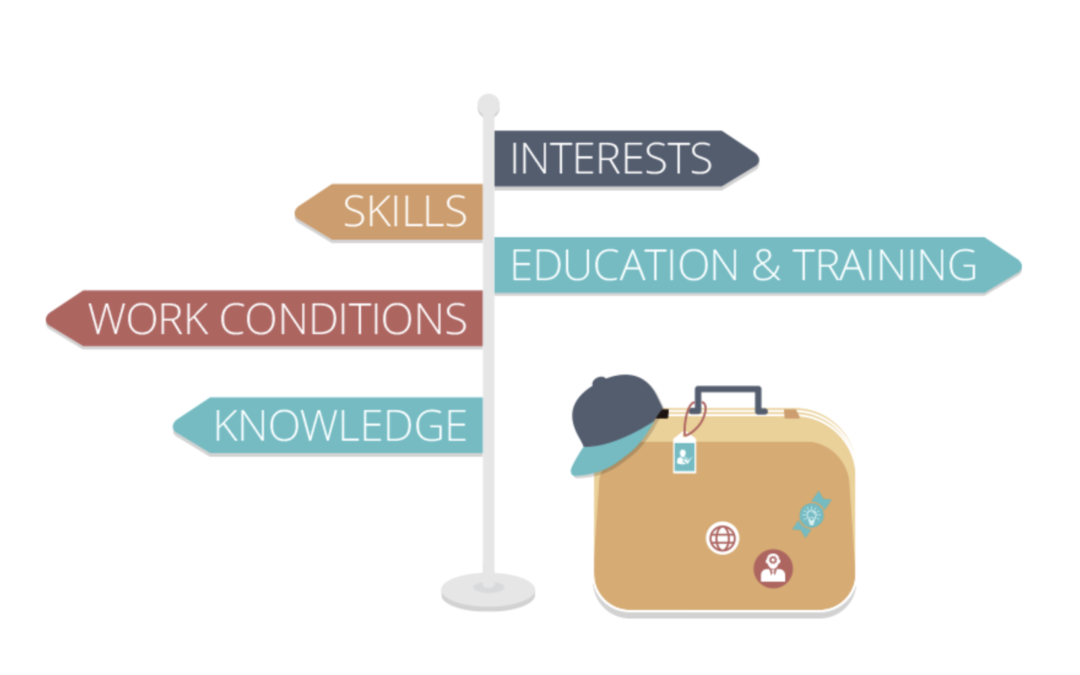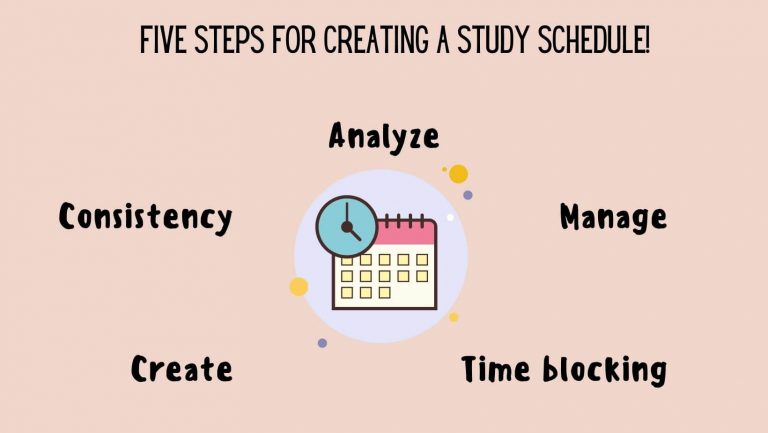
by rousza met | Jul 3, 2024 | Uncategorized

Try these simple ways to improve your memory.By Mayo Clinic Staff
Can't find your car keys? Forget your grocery list? Can't remember the name of the personal trainer you liked at the gym? You're not alone. Everyone forgets things once in a while. Still, memory loss is nothing to take lightly.
Although there are no guarantees when it comes to preventing memory loss or dementia, some activities might help. Consider seven simple ways to sharpen your memory. And know when to get help for memory loss.
1. Be physically active every day
Physical activity raises blood flow to the whole body, including the brain. This might help keep your memory sharp.
For most healthy adults, the Department of Health and Human Services recommends at least 150 minutes a week of moderate aerobic activity, such as brisk walking, or 75 minutes a week of vigorous aerobic activity, such as jogging. It's best if this activity is spread throughout the week. If you don't have time for a full workout, try a few 10-minute walks throughout the day.
2. Stay mentally active
Just as physical activity keeps your body in shape, activities that engage your mind help keep your brain in shape. And those activities might help prevent some memory loss. Do crossword puzzles. Read. Play games. Learn to play a musical instrument. Try a new hobby. Volunteer at a local school or with a community group.
3. Spend time with others
Social interaction helps ward off depression and stress. Both of those can contribute to memory loss. Look for opportunities to get together with loved ones, friends and other people, especially if you live alone.
4. Stay organized
You're more likely to forget things if your home is cluttered or your notes are in disarray. Keep track of tasks, appointments and other events in a notebook, calendar or electronic planner. You might even repeat each entry out loud as you write it down to help keep it in your memory. Keep to-do lists up to date. Check off items you've finished. Keep your wallet, keys, glasses and other essential items in a set place in your home so they are easy to find.
Limit distractions. Don't do too many things at once. If you focus on the information that you're trying to remember, you're more likely to recall it later. It also might help to connect what you're trying to remember to a favorite song or a familiar saying or idea.
5. Sleep well
Not getting enough sleep has been linked to memory loss. So has restless sleep and sleep that gets disturbed often. Make getting enough healthy sleep a priority. Adults should sleep 7 to 9 hours a night on a regular basis. If snoring disrupts sleep, make an appointment to see your health care provider. Snoring could be a sign of a sleep disorder, such as sleep apnea.
6. Eat a healthy diet
A healthy diet is good for your brain. Eat fruits, vegetables and whole grains. Choose low-fat protein sources, such as fish, beans and skinless poultry. What you drink also counts. Too much alcohol can lead to confusion and memory loss.
7. Manage chronic health problems
Follow your health care provider's advice for dealing with medical conditions, such as high blood pressure, diabetes, depression, hearing loss and obesity. The better you take care of yourself, the better your memory is likely to be. Regularly review the medicines you take with your health care provider. Some medicines can affect memory.
When to get help for memory loss
If you're worried about memory loss, make an appointment with your health care provider. If memory loss affects your ability to do your daily activities, if you notice your memory getting worse, or if a family member or friend is concerned about your memory loss, it's particularly important to get help.
At your appointment, your provider likely will do a physical exam and check your memory and problem-solving skills. Sometimes other tests may be needed too. Treatment depends on what's causing memory loss.

by rousza met | Jun 5, 2024 | Job Analysis, Skills Gap Analysis, Study
A well-defined career path is crucial for several reasons, each contributing to both personal fulfillment and professional success. Here’s why setting and following a career path is so important:

1.Direction and Clarity: Having a clear career path provides a sense of direction. It helps individuals focus their efforts on specific goals and milestones, reducing the likelihood of wandering aimlessly through different jobs. This clarity can be incredibly motivating and can help one prioritize learning and development activities that align directly with their career goals.
2. Goal Achievement: A career path helps break down the journey into manageable steps and stages. It allows individuals to set and achieve short-term objectives while working towards long-term aspirations. This structured approach to career development ensures continuous progress and can lead to higher satisfaction and success rates.
3. Skill Development: By understanding the requirements of your chosen career path, you can identify the skills and competencies you need to develop. This proactive approach to skill acquisition ensures that you remain competitive and relevant in your field, especially as job markets evolve and new technologies emerge.
4. Job Satisfaction and Engagement: People who work in careers that align with their personal interests and professional skills tend to be more engaged and satisfied. A career path that reflects one’s values and strengths can lead to greater job satisfaction, lower stress levels, and a higher quality of life.
5. Professional Growth : A career path provides a roadmap for advancement. It often includes planned upward movement, whether through promotions within a chosen field or strategic moves across different industries. This growth is not just about higher income but also about expanding responsibilities, gaining diverse experiences, and enhancing one’s reputation and influence in the industry.
6. Adaptability: With a career path, individuals can better anticipate changes in their industry and adapt accordingly. It encourages a mindset of lifelong learning and flexibility, which are crucial in today’s fast-paced work environments. Being adaptable helps ensure that you can navigate through economic downturns, industry disruptions, and job transitions more effectively.
7. Personal Fulfillment : Ultimately, a career path that aligns with one’s passions and strengths can lead to personal fulfillment. Achieving milestones and realizing one’s professional potential can be profoundly satisfying, contributing to overall happiness and well-being.
In essence, a career path helps individuals systematically approach their professional life, ensuring that they make informed decisions that lead to personal and professional fulfillment. It acts as a strategic plan that guides individuals through the complexities of the modern workplace, helping them to capitalize on opportunities and overcome challenges effectively.

by rousza met | Jun 5, 2024 | Job Analysis, Skills Gap Analysis
In today’s dynamic world, choosing and navigating a career path is more complex and exciting than ever before. It's not just about deciding what you want to be when you grow up; it's about continuously adapting to new opportunities and challenges. This blog explores the concept of a career path, offers insights into how you can choose the right one for you, and provides tips for navigating your career journey effectively.

What is a Career Path?
A career path is the progression one follows in their professional life. It includes the jobs you take, the experiences you gain, and the skills you acquire. A well-defined career path helps you manage your growth from one stage of your career to another, aligning your job roles with your long-term career goals.
Choosing Your Career Path
Self-Assessment:
Start by understanding your interests, strengths, and values. Tools like personality assessments and career aptitude tests can provide insights into the types of careers that might suit you best.
Research:
Once you have an idea of your potential career fields, research them thoroughly. Understand the required qualifications, the day-to-day responsibilities, and long-term career prospects.
Education and Skills:
Depending on your chosen field, you might need specific educational qualifications or skills. Identify any gaps in your knowledge and seek the necessary training and education.
Networking:
Connect with professionals in your field to gain insights and advice. Networking can also open up opportunities for internships, apprenticeships, and even job offers.
Navigating Your Career Path
Setting Goals:
Define clear, achievable short-term and long-term goals. These should be specific, measurable, achievable, relevant, and time-bound (SMART).
Continuous Learning:
Stay relevant in your field by continually upgrading your skills. This could be through formal education, workshops, online courses, or self-study.
Seeking Opportunities:
Always be on the lookout for ways to advance your career, whether it’s a promotion, a new job, or a lateral move to a different department or industry that aligns more closely with your career goals.
Flexibility:
Be prepared to adapt your career path as industries evolve and personal priorities change. Flexibility can mean the difference between staying relevant or falling behind.
Mentorship:
Find mentors who can guide you through your career. A good mentor provides wisdom, guidance, and feedback that is invaluable as you navigate your career.
Challenges and Solutions
While navigating your career path, you may face challenges like job dissatisfaction, a lack of advancement opportunities, or industry downturns. Overcoming these challenges often requires a proactive approach, such as seeking feedback, considering a career pivot, or enhancing your skill set to increase your employability.
Conclusion
Your career path is uniquely yours. It's a personal, often non-linear journey that can lead to fulfilling roles that align with your personal and professional aspirations. By actively managing your career development, staying adaptable, and pursuing continuous learning, you can effectively navigate the twists and turns of your career journey.
Remember, the most successful career paths are those that evolve. So, keep exploring, adapting, and moving forward with confidence and curiosity.

by rousza met | Jun 5, 2024 | Study, Skills Gap Analysis
Creating a study schedule is a crucial strategy for college students to manage their time effectively, balance various commitments, and enhance academic performance. Here’s a step-by-step guide to help students create a practical and personalized study schedule:

1: List All Commitments
Start by listing all your commitments that are fixed in time, such as classes, part-time jobs, meals, and regular extracurricular activities. This will provide a clear view of how much time is already taken and how much is potentially available for studying.
Step 2: Assess All Subjects
Evaluate all the subjects you need to study for and rank them based on their difficulty, the amount of time they require, and upcoming deadlines or exams. This helps in prioritizing which subjects need more focus.
Step 3: Set Specific Goals
For each study session, set specific goals. Instead of a vague goal like “study biology,” define what you intend to accomplish, e.g., “review chapter 5 on cell biology and complete 20 practice questions.”
Step 4: Allocate Time Blocks
Using a weekly planner, allocate specific time blocks for studying each subject. Consider your personal productivity patterns—some people are morning persons, while others function better at night. Ensure that time blocks are realistic and include short breaks to prevent burnout.
Step 5: Be Flexible
Life is unpredictable. Your schedule should have some flexibility to adjust for unexpected events or tasks that take longer than planned. Ensure some buffer time each week for overflow tasks and relaxation.
Step 6: Include Breaks and Downtime
Include short breaks during study sessions (e.g., 5-10 minutes every hour) and longer breaks to relax or pursue hobbies. This not only prevents burnout but also improves concentration and retention of information.
Step 7: Review and Adjust Weekly
At the end of each week, review your schedule. Assess what worked well and what didn’t. Did you meet your study goals? Adjust your plan based on what you've learned about your productivity and the workload.
Step 8: Use Tools and Apps
Consider using digital tools or apps to manage your time. Apps like Google Calendar, Trello, or study-specific apps like My Study Life can help you organize your schedule and send reminders for your planned study sessions.
Step 9: Stay Consistent
The effectiveness of a study schedule lies in its consistent application. Try to start study sessions at the same time each day to develop a routine. Consistency builds habits, which can enhance overall productivity.
Step 10: Stay Motivated
Keep your motivation high by setting small rewards for achieving your study goals, such as treating yourself to a favorite snack or an episode of a TV show. Remember to keep sight of your long-term academic goals and how your daily studying gets you closer to achieving them.
By following these steps, students can create a tailored study schedule that not only accommodates their academic needs but also balances personal well-being and other responsibilities. A well-structured study plan is a powerful tool in achieving academic success and reducing stress.

by rousza met | May 29, 2024 | Employee Orientation, Employee Handbooks, Job, Job Analysis, Skills Gap Analysis, Study
Finding and landing an internship as a college student is an important step in building a career foundation. Here’s a guide on how to search for and secure internships effectively:

Step 1: Define Your Goals
Start by understanding what you want to achieve through an internship. Are you looking to gain specific skills, explore a particular industry, or connect with a professional network? Clear objectives will help guide your search and decision-making process.
Step 2: Research Opportunities
– Online Job Boards: Websites like Indeed, LinkedIn, Glassdoor, and specialized sites such as Internships.com are great resources.
– University Career Center: Many colleges offer resources and counseling specifically for students seeking internships. They often have connections with companies looking for interns.
– Company Websites: If you have target companies in mind, visit their careers section. Many companies post internship opportunities directly on their websites.
– Networking: Attend career fairs, industry conferences, and networking events. Sometimes, opportunities come from personal connections, including professors, family, or friends.
Step 3: Prepare Your Application Materials
– Resume: Tailor your resume to highlight relevant coursework, projects, and skills that align with the internship. Keep it concise and professional.
– Cover Letter: Write a personalized cover letter for each application, explaining why you are interested in the internship and how you can contribute.
– Portfolio: For fields like graphic design, journalism, or software engineering, prepare a portfolio of your best work.
Step 4: Apply Early and Often
Internship positions, especially in competitive fields, can fill quickly. Start your search early in the academic year and apply to multiple opportunities to increase your chances.
Step 5: Prepare for Interviews
– Research the Company: Understand their products, services, culture, and industry.
– Practice Common Interview Questions: Prepare responses to common questions such as “What are your strengths and weaknesses?” or “Why do you want this internship?”
– Mock Interviews: Consider doing mock interviews with friends, family, or career counselors to build confidence.
Step 6: Follow Up
After an interview, send a thank-you email to express your appreciation for the opportunity to interview and reiterate your interest in the position. This can set you apart from other candidates.
Step 7: Evaluate Offers
If you receive multiple internship offers, compare them based on how well they meet your initial goals, the kind of learning opportunities they provide, and other factors like compensation and location.
Step 8: Learn and Network During Your Internship
Once you secure an internship, maximize the experience:
-Learn as Much as Possible: Take the opportunity to learn from everyone you can. Ask questions, seek feedback, and take on challenging projects.
– Build Relationships: Network with colleagues and other interns. These relationships can be valuable for your future career.
– *Maintain Professionalism: Treat the internship like a real job. Be punctual, meet deadlines, and contribute positively to the team.
Step 9: Reflect and Follow Up
After completing your internship, reflect on what you learned and how it aligns with your career goals. Stay in touch with your supervisors and coworkers, as they can be valuable references or mentors.
By following these steps, you can effectively search for, apply to, and maximize the benefits of internships, paving the way for future career opportunities.









